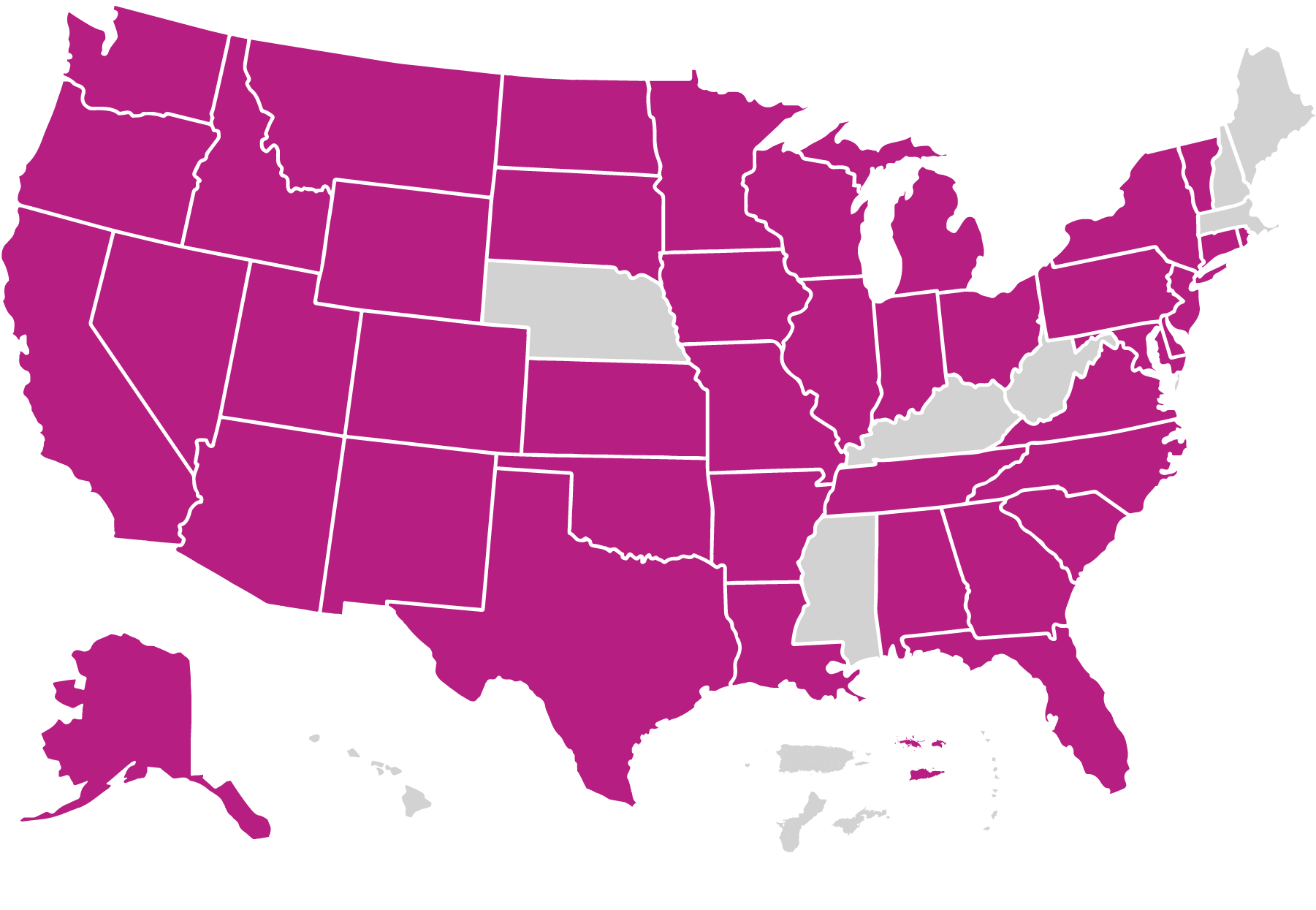Nurse-Family Partnership
Nurse-Family Partnership seeks to improve participants’ lives in three key areas: pregnancy outcomes (by helping women improve prenatal health), child health and development (by helping parents provide sensitive and competent caregiving), and parents’ life trajectories (by helping them develop a vision for their future, plan subsequent pregnancies, continue their education, and find work). See www.nursefamilypartnership.org for details.
What is the model’s approach to providing home visiting services?
Home visits take place based on a family’s level of need and a child’s age. Services are provided until the child’s second birthday. Nurse-Family Partnership requires families to initiate services prenatally by the 28th week of pregnancy.
Nurse-Family Partnership’s target population includes the following:
- Expectant mothers
- Low-income or low-resource families
- First-time mothers
Who is implementing the model?
Home Visitors
Nurse-Family Partnership was implemented by 2,064 home visitors in 2018. The model requires a bachelor’s degree in nursing for home visitors. The minimum caseload requirement for home visitors is 25 families.
Supervisors
Nurse-Family Partnership was implemented by 319 supervisors in 2018. The model requires a bachelor’s degree in nursing for supervisors; a master’s degree in nursing is recommended.
Where is the model implemented?
Nurse-Family Partnership operated in 312 local agencies across 42 states and the Virgin Islands in 2018.

Families Served Through Evidence-Based Home Visiting in 2018
Race
3% American Indian/Alaska Native
3% Asian
34% Black
<1% Native Hawaiian/Pacific Islander
53% White
6% Multiple
Caregiver age
50% ≤ 21 years
38% 22-29 years
12% 30-44 years
<1% ≥ 45 years
Caregiver education
47% No HS diploma
49% HS diploma or GED
3% Some college or training
1% Bachelor's degree or higher
Ethnicity
34% Hispanic or Latino
Household income
43% Low-income status
Child age
43% < 1 year
34% 1-2 years
23% 3-5 years
Child insurance status
80% Public
5% Private
15% None
Primary Language
81% English
14% Spanish
5% Other
